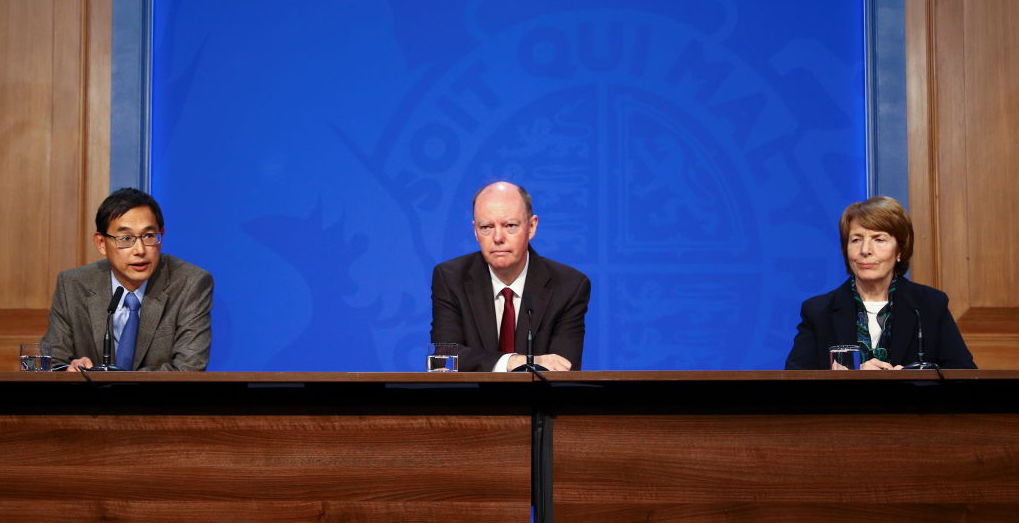In today’s piece the estimable Tom Chivers reflects on recent coronavirus data, wondering why we are not more worried about the chances of a new winter lockdown. He suggests we should consider bringing in certain restrictions early, such as masks, encouraging working from home, and vaccine certificates.
On this occasion I must confess I don’t recognise the outlook Tom describes. Let me explain why.
The level of spread of Covid has thus far not been significantly related to the time of year, so we needn’t be too concerned with the fact that we have more cases now than at the same moment last year. We have more cases than we did in February 2020, too, and fewer than we had in July 2021.
Similarly, he notes that there was widespread concern about the September 2020 forecast that we would reach 200 deaths per day by November of that year, but seem unperturbed that we are gradually reaching similar levels now. This omits a crucial detail. The disturbing thing about the September 2020 forecast wasn’t that there would be 200 deaths per day. It was that 200 deaths per day would be reached quickly and that it would likely continue to accelerate from there. 200 deaths per day then implied we would reach 1,000 deaths per day and more, shortly thereafter, and without intervention that might be 2,000 or 4,000 deaths per day. The current trajectory implies no such thing.

Infection numbers in England are not growing at present. They are shrinking. And they are shrinking without our having imposed any new restrictions to make that happen. They shrank in July; they shrank in the second half of August. Average case numbers reported in England over the past seven days are lower than they were from August the 12th to the 30th or July the 9th to the 29th. We have reached a situation where the virus is unable to extend its reach consistently, despite the absence of any new restrictions to impede it. This suggests one thing: that exponential growth in infections for a sustained period is no longer possible.
Hospitalisations have also waxed and waned — as it happens they have fallen slightly recently. But until then they’d risen gradually through much of August. This reflects the fact that cases amongst older people grew a little in that period even though cases numbers in other age groups (eg young adults) were falling. Recently cases amongst older people have also started to fall, so hospitalisations should fall back slightly. But even if they stayed about where they are indefinitely, at roughly one new admission per day for every two hospitals in England or around half a per cent of all hospital beds per day, that would not pose an existential challenge to the health service.
There may be a little more spread from schools returning, for a brief period. But there’s no reason to believe that, now cases have stopped being able to grow exponentially despite there being no restrictions, they will start doing so again any time soon, so we don’t need any new, “act early” restrictions to stop that from happening.










Join the discussion
Join like minded readers that support our journalism by becoming a paid subscriber
To join the discussion in the comments, become a paid subscriber.
Join like minded readers that support our journalism, read unlimited articles and enjoy other subscriber-only benefits.
Subscribe